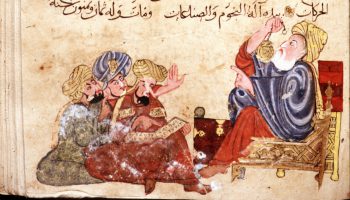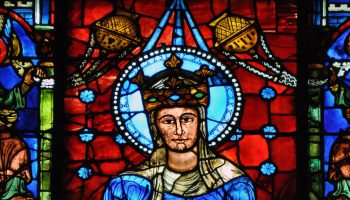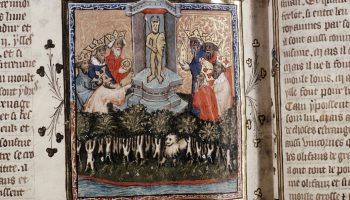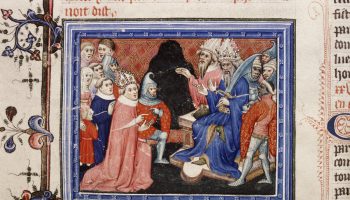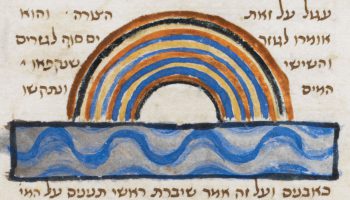The Race, Racism and the Middle Ages series has been more than we could have ever thought it would be. Here we take a moment…
Race, Class and Religion
Is that Thor's hammer a symbol of hate or not? What about that Celtic tattoo? Or that flag? In a world gone mad, how do…
There are quite a few medieval European depictions of the Virgin Mary seemingly with dark skin: the "Black Madonnas." Did some medieval Christians think of…
Medieval European travel writers like Marco Polo were not what we could call textbook racists. But they were endlessly fascinated by the other religions they…
Outdated ideas about race are built into the very fabric of the fantasy genre, which have been recycled from Lord of the Rings to Dungeons…
George R.R. Martin wants to have his cake and eat it too: he claims his breakout hit fantasy series is based on real history, but…
We've been discussing Race, Racism and the Middle Ages for 9 months. It's time to address the elephant in the room: the "Knights" of the…
Medieval Europe's greatest travellers wrote avidly about hundreds of cultures across the world. What did they say about race? Part XXXIII of Race, Racism and…
Jewish life in the medieval world was not always dire. In fact, it featured long periods of multicultural cooperation that helped both Jews and non-Jews…
